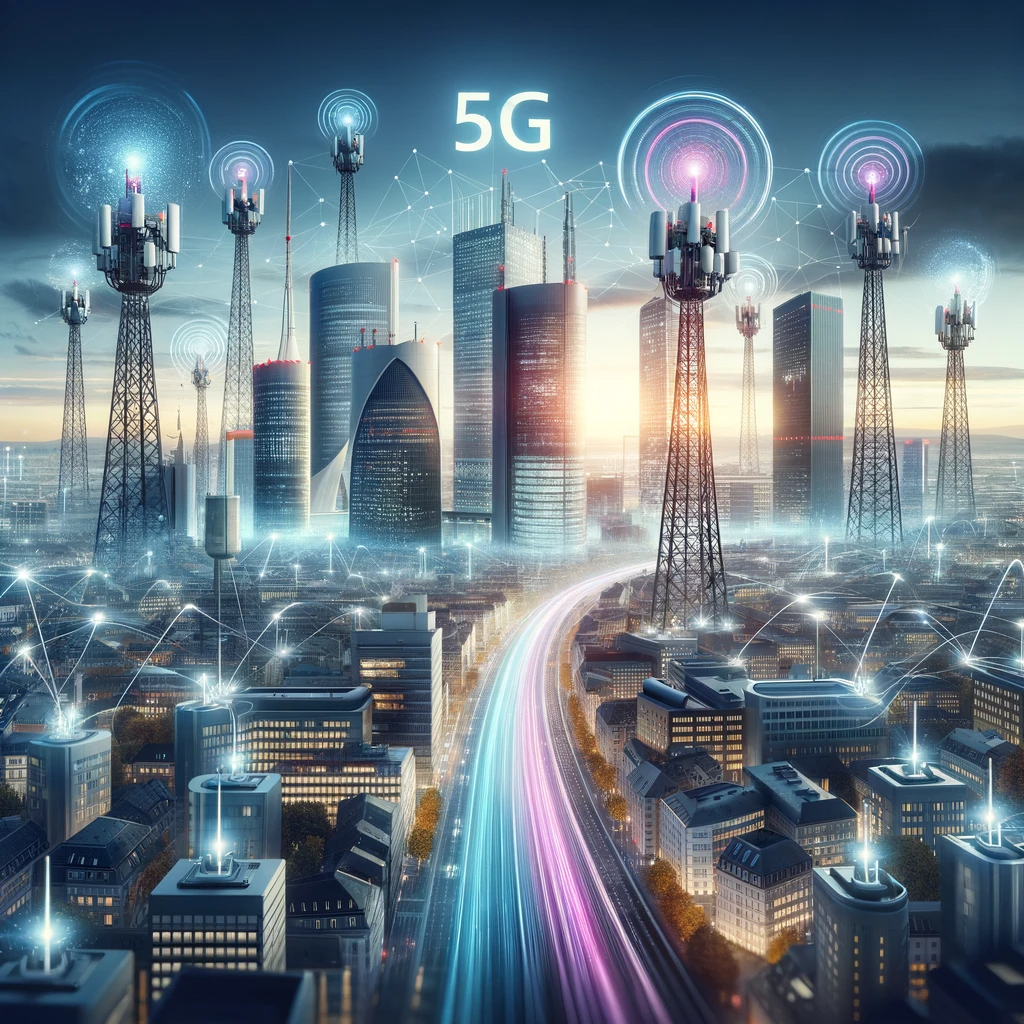A New Era of Connectivity
Deutsche Telekom, a major player in the telecommunications industry, is set to bring its advanced 5G Standalone (5G SA) technology to private users in Germany in 2024. This marks a significant shift in the telecom landscape, expanding the state-of-the-art technology beyond its current business clientele.
Expansive Coverage and Speed
Currently, Deutsche Telekom’s 5G network impressively blankets 96% of Germany, with plans to extend coverage to 99% by 2025. Its network, comprising 80,000 5G antennas, includes over 10,000 operating on the 3.6 GHz band across more than 800 cities and municipalities. This extensive reach promises unparalleled connectivity and internet speeds of up to 1 Gbps for its users.
Pioneering with Open RAN
Adding to its technological advancements, Deutsche Telekom has initiated the deployment of Open RAN (O-RAN) in collaboration with Nokia and Fujitsu. This initiative is expected to result in 3,000 O-RAN compatible antennas by the end of 2026, underscoring the company’s commitment to innovation and network enhancement.
Harnessing the Power of AI
The telecom giant is not just expanding its physical infrastructure; it’s also embracing artificial intelligence (AI) for network expansion and optimization. AI is utilized for tasks like network planning and analyzing cell usage, enhancing the efficiency and performance of the network. This approach reflects a forward-thinking strategy, integrating cutting-edge technology into the core of its operations.
Leading with AI and Fiber Optics
In the realm of AI, Deutsche Telekom is developing a large language model tailored for telecom-specific applications in partnership with SK Telekom. This move, as highlighted by Claudia Nemat, a board member for technology and innovation, aims to maximize AI’s potential while being mindful of its risks. Concurrently, the company has made significant strides in fiber optics, connecting 83% of all 5G mobile locations nationwide with high-speed fiber optic cables. More than 10,000 5G mobile sites now boast 10 Gbits connections, contributing to a robust and high-performance network.
The 3.6 GHz Edge
Particularly notable is the emphasis on the 3.6 GHz frequency band. This frequency is crucial, especially in densely populated areas, offering high download speeds and effective mobile coverage. These antennas are predominantly connected to the transport network with a 10 Gbits connection via fiber optics, delivering a powerful and seamless connectivity experience.
Deutsche Telekom’s ambitious plans for 2024 and beyond paint a picture of a company at the forefront of telecommunications innovation. With its extensive 5G coverage, pioneering use of Open RAN, integration of AI, and commitment to high-speed connections, the company is poised to redefine the standards of mobile connectivity in Germany.


